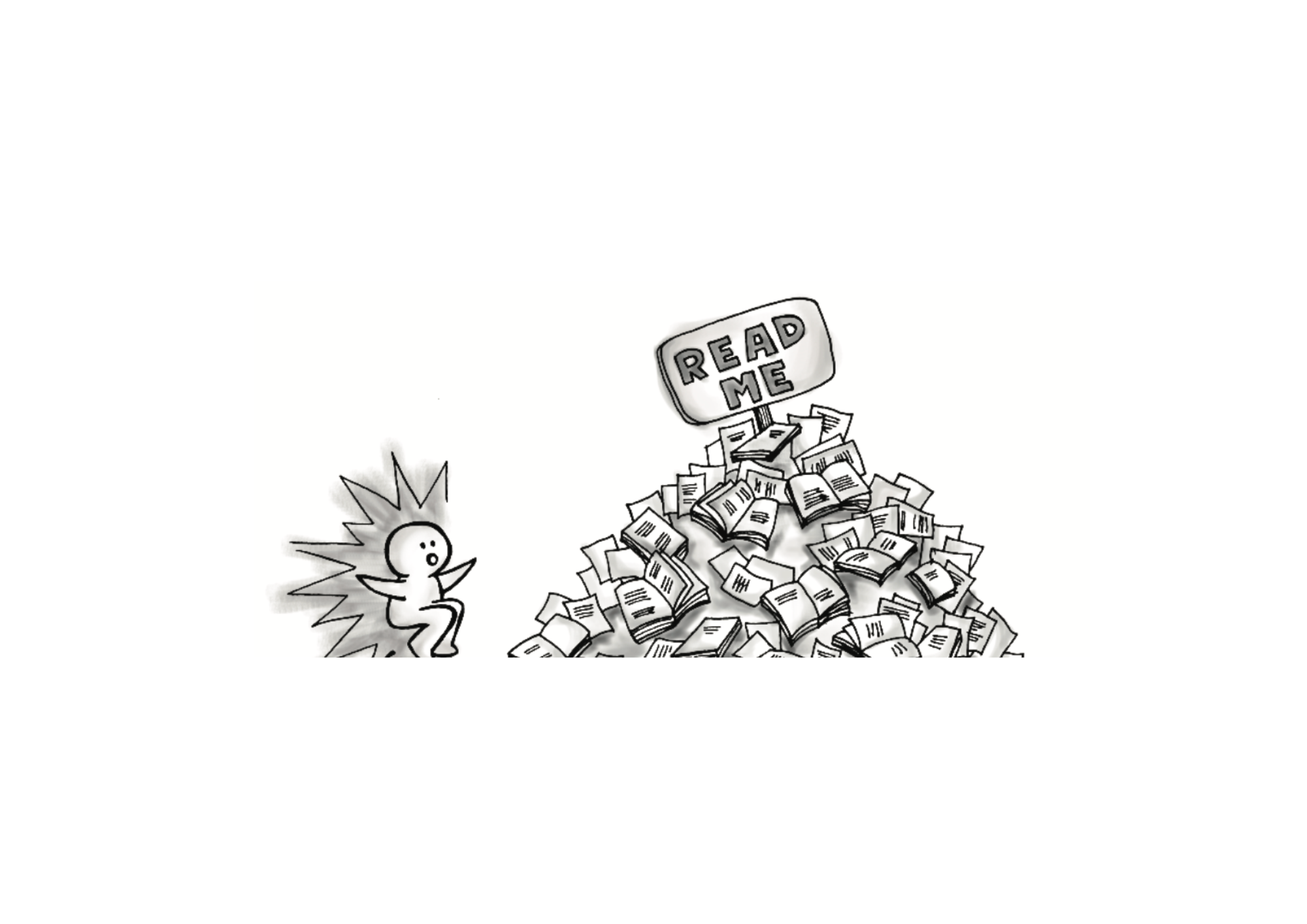Open Why organise information for others?
Why organise information?

Digital publishing and social networks have accelerated the amount of information we’re exposed to today. We’re publishing more information and are more connected than at any other time in history.
The last such burst of information occurred after Gutenberg mechanised bookmaking around 1440. We then had libraries, librarians, and classification systems to access and manage the growing collections.
The same happens in today’s digital world—the scales have just changed.
Websites, intranets, shared folders, and collaboration spaces = the new libraries
Web team, intranet team and, more commonly, regular staff (employees) = the new librarians
Lists, categories, trees, facets, taxonomies—the stuff you’ll learn in this book = the classification systems
In 1876, the American librarian Charles Ammi Cutter laid out three rules for a library:
- To enable a person to find a book
- To sh